Search Results for Tag: ethics
Is it time to update journalism ethics for the 21st century?
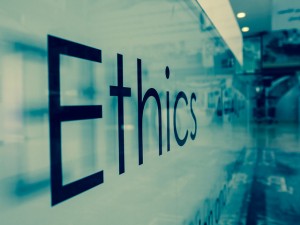 The field of journalism is changing rapidly as technology advances, audience habits change, the marketplace evolves and the news cycle hits warp speed. Some argue that journalism ethics need to change as well.
The field of journalism is changing rapidly as technology advances, audience habits change, the marketplace evolves and the news cycle hits warp speed. Some argue that journalism ethics need to change as well.
![]() read more
read more
Degrees of freedom: Shaping the internet’s future
 The fourth Freedom Online Conference Free and Secure Internet for All will be held in Tallinn, Estonia, from April 28th to 29th 2014 (#FOC14). This conference will bring together high-ranking representatives from the 22 member states of the Freedom Online Coalition – among them the US, Germany, Brazil and host Estonia. They will join up with a large number of civil society actors ranging from NGOs promoting internet freedom to large companies with a vested interest in all things internet like Google.
The fourth Freedom Online Conference Free and Secure Internet for All will be held in Tallinn, Estonia, from April 28th to 29th 2014 (#FOC14). This conference will bring together high-ranking representatives from the 22 member states of the Freedom Online Coalition – among them the US, Germany, Brazil and host Estonia. They will join up with a large number of civil society actors ranging from NGOs promoting internet freedom to large companies with a vested interest in all things internet like Google.
DW Akademie’s Holger Hank highlights the four most pressing issues from the perspective of media freedom.
![]() read more
read more
In dialogue with Mongolian media
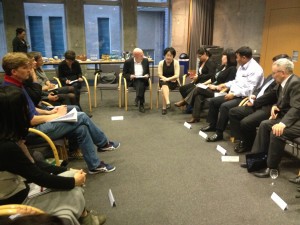 A list of forbidden words; newspapers influenced by politicians; and in the capital Ulan Bator, Mongolian journalists refrain from criticizing their colleagues because all journalists know each other.
A list of forbidden words; newspapers influenced by politicians; and in the capital Ulan Bator, Mongolian journalists refrain from criticizing their colleagues because all journalists know each other.
At a recent DW Akademie Media Dialogue in Berlin, a group of visiting journalists, editors and media experts from Mongolia gave an insight into media development in their country.
German journalists attending were keen to find out about press freedom in Mongolia; who exactly owns private media; and, what progress is being made towards press industry self regulation.
It was also another opportunity for the visiting Mongolian journalists to compare journalistic practices and media regulation between Germany and Mongolia.
Following the end of the Soviet era, Mongolia introduced a number of laws to make reforms in public broadcasting, freedom of information and to prevent media censorship.
In 2010, Reporters without Borders ranked Mongolia in its Press Freedom Index at 76. This year Mongolia was ranked 98.
One topic that generated a lot of discussion was the so-called “list of forbidden words”. Journalists explained how Mongolia’s Communications Regulatory Commission (CRC) is under strong political pressure to make media organizations use software to filter or hide “forbidden words” in online reader comments that are critical of government or insulting.
To explore how Mongolia’s media is developing, onMedia spoke with Munkhmandakh Myagmar, Executive Director of the Mongolian Press Institute; and, Tserenjav Demberel, Executive Director of Transparency Foundation Mongolia, and a blogger on media issues.
![]() read more
read more
Interviews: how to handle requests for questions in advance
 “What should I do if an interviewee wants to see a list of questions before the interview?”
“What should I do if an interviewee wants to see a list of questions before the interview?”
This is a question that comes up many times in journalism training courses.
Journalists around the world are often faced with the situation where a person they want to interview asks, or even demands, to see a written list of the questions before the interview can take place. It’s also a common request from pushy public relations consultants or the press staff of politicians.
Even journalists just starting out in their career instinctively know this isn’t a good idea. But they and more experienced journalists often lack strong arguments to convince potential guests to do an interview without seeing the questions first.
![]() read more
read more
‘Keeping photojournalism useful’
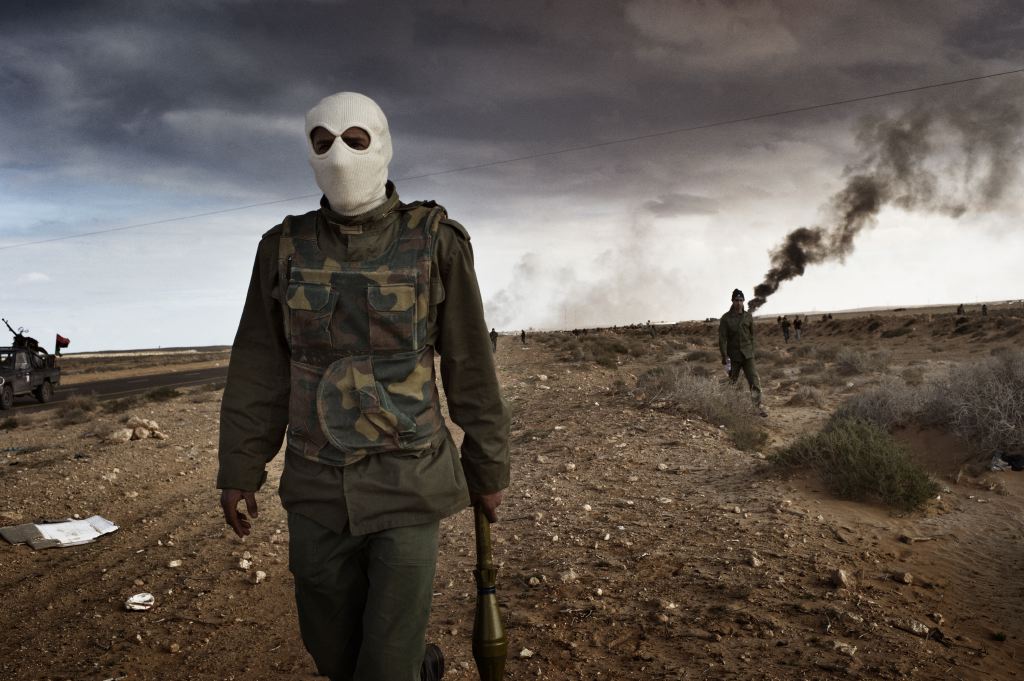 At the end of last year we interviewed Claudio Palmisano from the 10b agency in Rome and discussed their views on photo editing. See our blog post Digital photo editing and the ethical line between aesthetics and truth.
At the end of last year we interviewed Claudio Palmisano from the 10b agency in Rome and discussed their views on photo editing. See our blog post Digital photo editing and the ethical line between aesthetics and truth.
Along with asking how they work with photographers, we wanted know more about digital photo editing and the line between aesthetics and truth in photojournalism. How far do you edit a photograph without altering its context or meaning?
It’s a debate that also surrounded Paul Hansen’s winning photograph in this year’s World Press Photo award.
But given that photography is increasingly delivered and consumed online, how can more information be offered to a publication’s audience to not only enhance understanding of the image, but perhaps see an original and edited image – in the one file?
![]() read more
read more
Bloodshed in the news – dealing with graphic images
Every natural disaster, shooting, terror attack or war nowadays triggers a flood of horrifying and violent images. Gone are the days when only press photographers captured grief and terror with their lenses. In the digital age, bystanders can also snap shots of severed limbs and burnt corpses with their phones and cameras and upload them directly online.
How should media organizations handle such graphic images? When is it justifiable to publish photographs of the injured, the dying and the dead? Is it sensationalism to splash the bloodied body of Libya’s dead dictator Muammar Gaddafi across the front page of a newspaper? Is it appropriate to print photos of children killed by bombs in Syria? What about the images of victims, some with shredded limbs, that were published following the Boston marathon bomb blasts?
![]() read more
read more
Digital detectives fight photo manipulations
Ever since photography was first invented in the 1800’s, people have been doctoring images. From the army exaggerating military victories to dictators removing political figures who have fallen out of favor, photo manipulation has a long history. To give a recent example, North Korea released a photo of a military exercise showing hovercraft landing on a beach. But the eagle eyes of Alan Taylor from The Atlantic detected that several of the hovercraft were surprisingly similar to each other. It seems somebody with a penchant for copy and paste button had increased the size of the fleet.
It isn’t the first case of visual armament and it won’t be the last. Especially as manipulating photos has never been so easy. Although many doctored images may look clumsy like the hovercraft photo, there are countless image editing tools and apps out there that allow even amateurs to create changes which are almost undetectable to the eye. This is a huge problem for media organizations who are increasingly using images on social networks in their news reporting. And it seems even professional photojournalists can’t be relied on to resist the temptation to pimp their photos with Photoshop.
But how can media outlets ensure that a photo isn’t a fake? This is where computer specialists like Hany Farid come into play. Farid is a professor at Dartmouth College in the US, and a digital forensic scientist who advises media organizations and intelligence agencies on a photo’s authenticity. Farid is also involved in the Silicon Valley company, Fourandsix Technologies, which has released software that can check whether a photo has already been processed in some way. This is an incredibly challenging feat of computing that evaluates numerous parameters. In an interview with DW Akademie’s Steffen Leidel, Farid says even with such software, there will never be 100 percent protection against fake photos.
![]() read more
read more
Digital photo editing and the ethical line between aesthetics and truth?
Which do you prefer? The original image of a white balaclava-clad rebel in Libya carrying a rocket propelled grenade, or the more dramatic looking battlefield with increased contrast that brings out richer greys and red hues in the clouds, smoke and earth?
The spectrum of digital tools available to photographers to edit images is vast – from professional software such as Photoshop or Aperture right through to consumer tools such as iPhoto or PicMonkey, not to mention hundreds of mobile photography applications.
If you’re of a certain vintage, then you might be a bit nostalgic about the days of film, the whiff of fixer and the time spent honing your skills in a dark room. Today adjusting the fundamental elements of a digital photograph, its DNA if you like, such as exposure/brightness, colour/saturation, whites/blacks, contrast/shadows and much, much more, are as easy as moving a virtual “slider” with a mouse.
But having a palette of digital tools does not mean editing a photo is a piece of cake. Far from it. In fact for photographers and newsroom photo-editors it opens up a raft of ethical questions.
![]() read more
read more





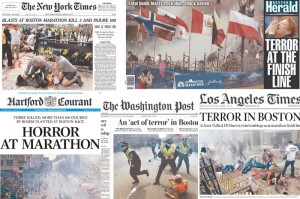
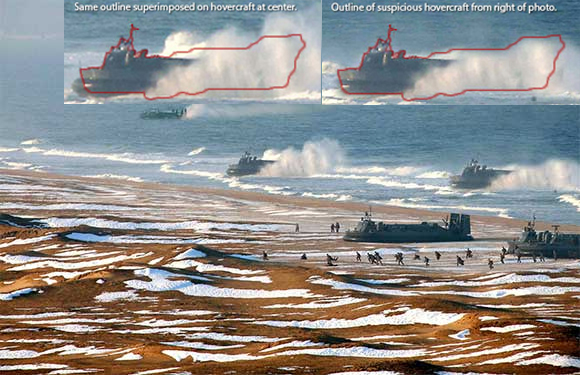
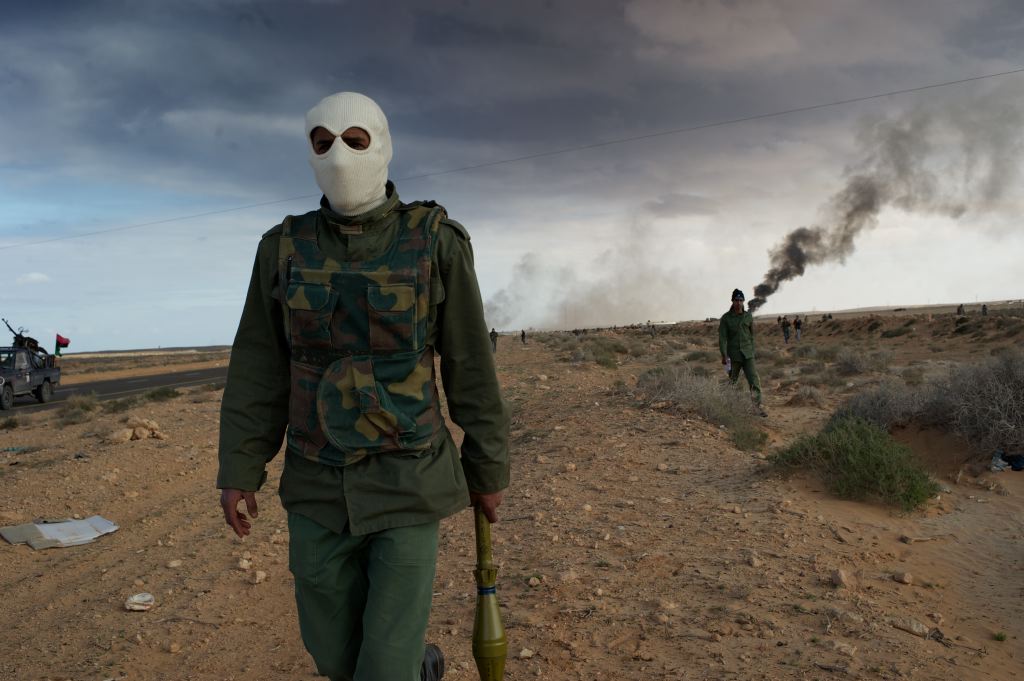
Feedback